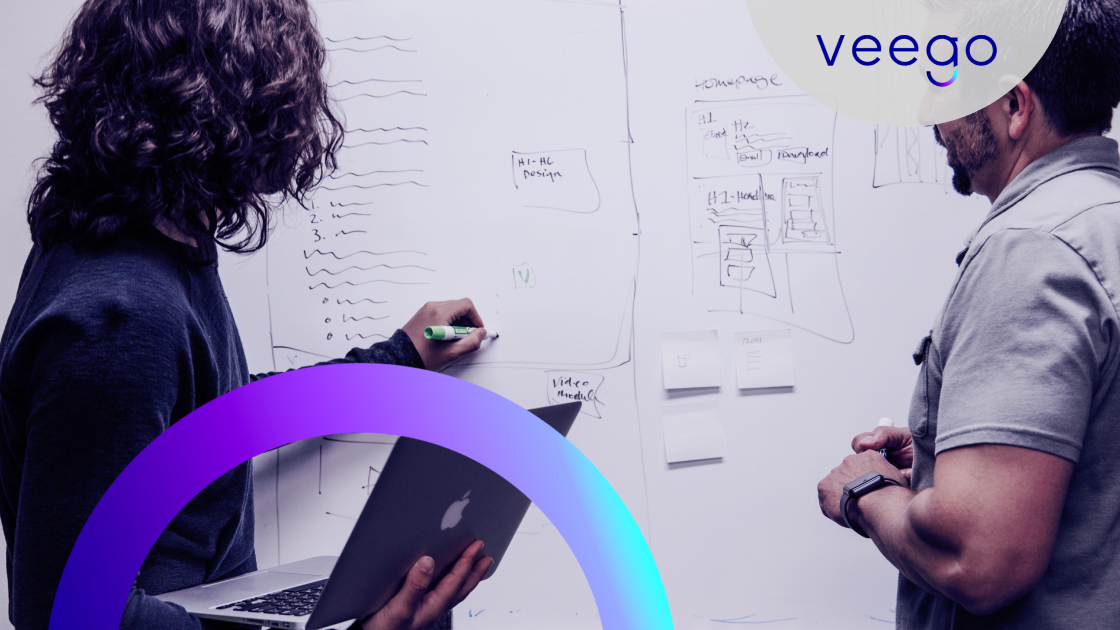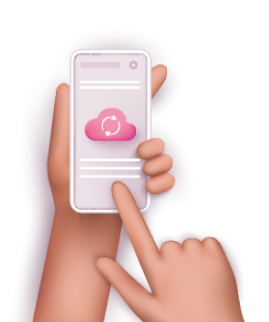

Looking to learn more about your subscribers? Customer Analytics is one of the most well-worn routes to getting greater insight. By tracking the customer lifecycle from end-to-end, and gathering information on user behavior, satisfaction, and past purchases, you can learn more about what makes subscribers tick, and how to optimize their overall experience.
To get this vantage point, data is your North Star. The right data can enhance customer care, boost customer experience, reduce operational spend, and offer a new level of personalization to help you grow subscriber loyalty and gain a competitive edge as a service provider.
Most Communication Service Providers (CSPs) are working with some level of data and customer analytics. But how can you tell if you are using the best data available, and more importantly whether you are making the most out of it?
The Limitations of Traditional Customer Analytics
Traditional customer analytics looks at static and basic information about subscribers. It answers questions such as the geo-location of the household, and how much time they have spent online, and on which services. This is a very limited way of looking at the customer. In contrast, McKinsey Research calls out the difference with more modern analytics platforms. “With enhanced data and advanced analytics, operators can anticipate looming problems and intervene to prevent them. Operators can identify and address problems remotely, before the customer has noticed, and communicate using the quickest, most efficient channel.”
At the moment, CSPs tend to utilize data on how long the subscriber has been a customer, and the number of complaints or calls they have made during that period of time. Using these metrics, they create a prediction on how happy or unhappy subscribers are with their service. If the CSP collects CSAT scores or other qualitative data on satisfaction, this may also be available and added to the mix.
In some cases, the CSP may also be able to get insight into some of the services or devices that users are engaging with — mostly CPE and major connected devices such as gaming consoles. Altogether, this creates a fairly limited and generic view of the connected home, as well as of the CSPs wider network.
So, what’s missing?
- Full visibility: Most customer analytics is limited to static information such as spending patterns and customer call history, as well as devices used and a limited number of consumed services such as streaming or gaming.
- An understanding of user experience: The traditional approach is outdated, reliant on satisfaction surveys that attract those at either the top or the bottom of the satisfaction bar, (the grrs and the yays) and rely on users opting into the process of giving feedback.
- The context of a user’s internet session: Most customer analytics provide fragmented and uncorrelated data that is delivered without any context about the actual session. Meaning, the conditions of the CSP’s network, the connected home, and most importantly, the individual user session, which make them fairly inaccurate and not representative of the actual subscriber experience.
Let’s take an example use-case to understand the limitations in practice. A CSP uses its customer analytics to segment all households that have a gaming console. Using this information, they offer higher bandwidth to these homes. However, without knowing what subscribers use the gaming consoles for, this is an ineffective campaign. Some households may only be playing local, offline games — or even using their console to stream content. In these cases, more bandwidth will make no difference to them whatsoever.
Bottom line? Any action that a CSP takes based on non-contextual data is inefficient, and potentially inaccurate too.
Adding a Layer of Contextual Intelligence to Data Analytics
Searching for the missing link in customer analytics? It’s that all-important context. Contextual intelligence is the ability to gather a wider range of knowledge around customer behavior and service consumption, and then translate and apply this data to understand your subscribers’ real-world scenarios and experiences.
By layering customer analytics with contextual intelligence, CSPs receive a more holistic picture, adding a new level of accuracy to existing data. Instead of relying on the knowledge that certain homes have a specific gaming console, you can see how they are engaging with that device (meaning which app, for how long, under what conditions, etc.), tailoring your offerings to meet their usage requirements and experience. These are not just analytics, but actionable analytics.
With the right technology, CSPs can gain a more granular level of visibility that doesn’t rely on subscriber input. In other words, you can know how your customers are feeling at the same time as they do (and sometimes even earlier!).
Consider App and Device ID technologies, which help you identify the type of application or service used, plus on which exact device. This translates into an extremely accurate topology of the connected home, which, alongside a deep understanding of what makes every session run at peak performance, becomes a segue to a contextual Quality of Experience (QoE) score.
To take things to the next level, at Veego, our contextual intelligence is dynamic, factoring in how the conditions of the home and the wider network are continually changing so that your view is always accurate. Together, these technologies allow for a Quality of Experience (QoE) score that is the most accurate representation of session quality, and can be assigned to each app, every device, and then an entire household as a whole.
With the QoE score as a quantitative metric that accurately ascertains subscriber experience, personalization reaches its apex.
Telcos now have endless opportunities to add value for their subscribers, for example promoting higher bandwidth to only the gamers who need it, offering band-steering when a channel is choked, or restarting a device at the right time so that it won’t cause disruption. For Sales and Marketing, contextual intelligence opens up new opportunities for upselling and cross selling, such as offering an upgrade to the latest device to access new features or suggesting an unlimited prepaid data plan for a specific streaming service. For Customer Success, having an accurate Home Score can help identify suffering homes, ie: those at greatest risk of churn, to proactively target them before it’s too late.
It’s not enough to have data — you need the right data
Data is the driving force behind creating personalized internet experiences and optimizing operational efficiency, but if the data can’t be accessed, read and analyzed correctly — the results will be insufficient. This is why CSPs seeking to make a significant impact on customer experience desperately need contextual intelligence: it enables them to interpret data and adds an entirely new dimension of value to their existing customer analytics.





